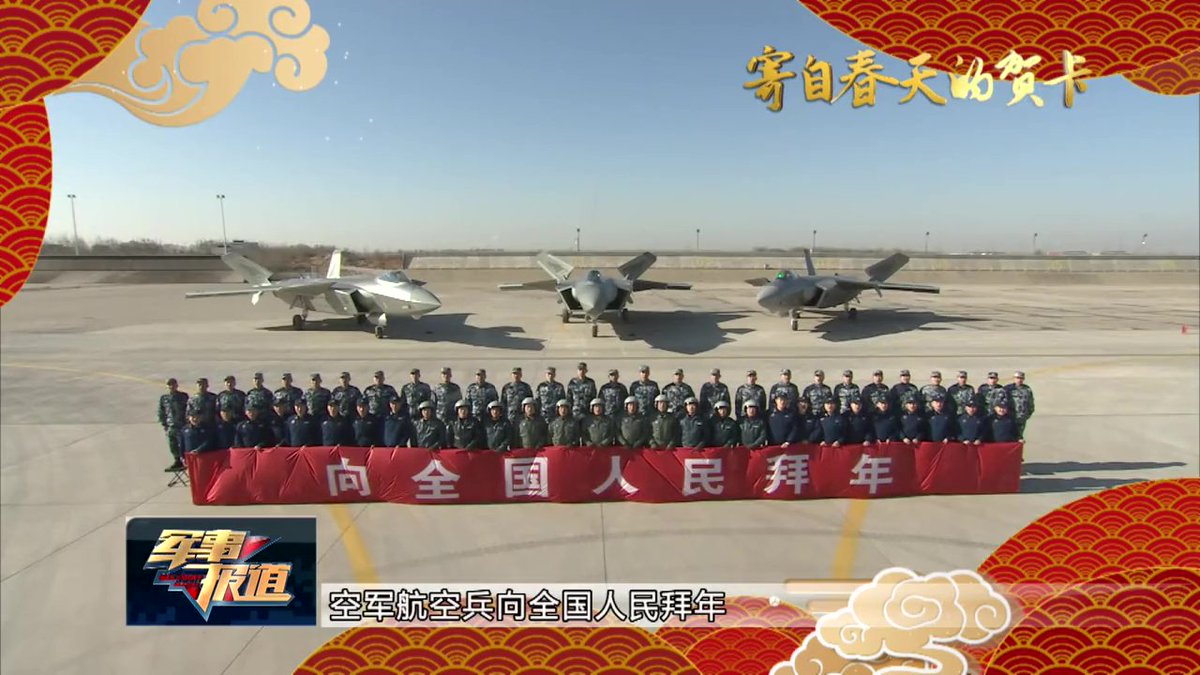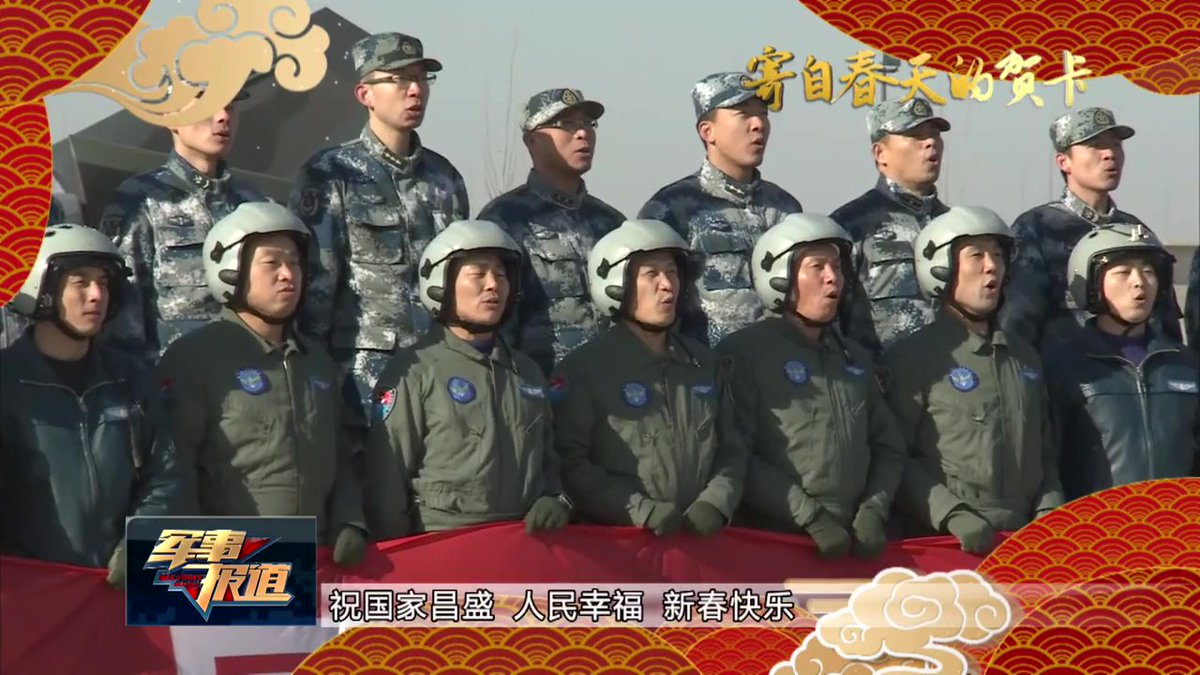TerraN_EmpirE
Tyrant King
That's what EODAS is.A 360 IRST can be used to get a HOBS lock
You are confusing what I said. EOTS is ground attack.EODAS isn’t just useful for ground attack,
EODAS is air to air.
MAWS is a all around missile warning.
If your fighter has EODAS then it has full cover of HOBS shots. Even a fighter below you would be covered by EODAS.
EOTAS actually I should say EOTS. (Hooked on Phonix... failed)
EOTS Electro-Optical Targeting System is basically an integrated version of a ground attack pod mounted under the nose of a 4th gen. In the F35 it was mounted into the fighter to keep it stealthy.
J20 appears to have an EOTS and EODAS. But why mount both unless you intended ground attack? EODAS would cover below the fighter as well as above it's a 360/360 array.
You shouldn't need both on an Air superiority machine. Unless you don't have both in which case the EODAS isn't an EODAS but a MAWS and the EOTS is the IRST.



